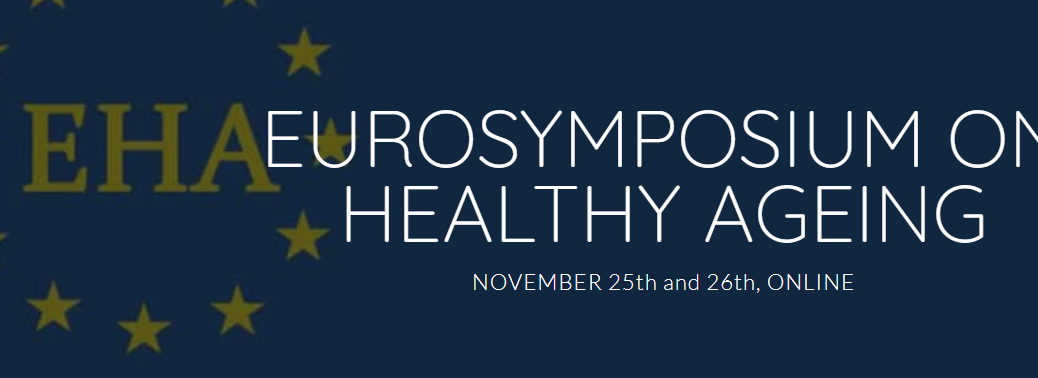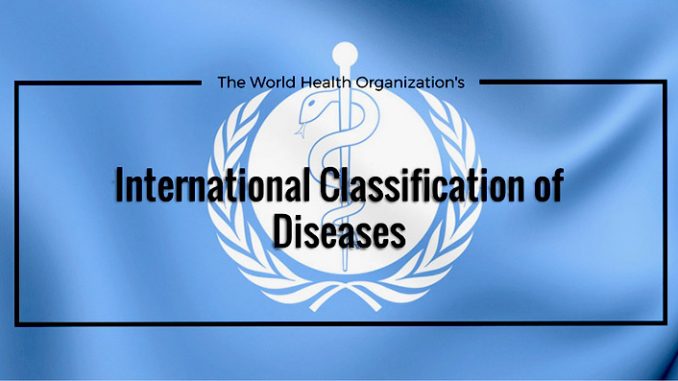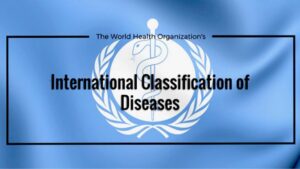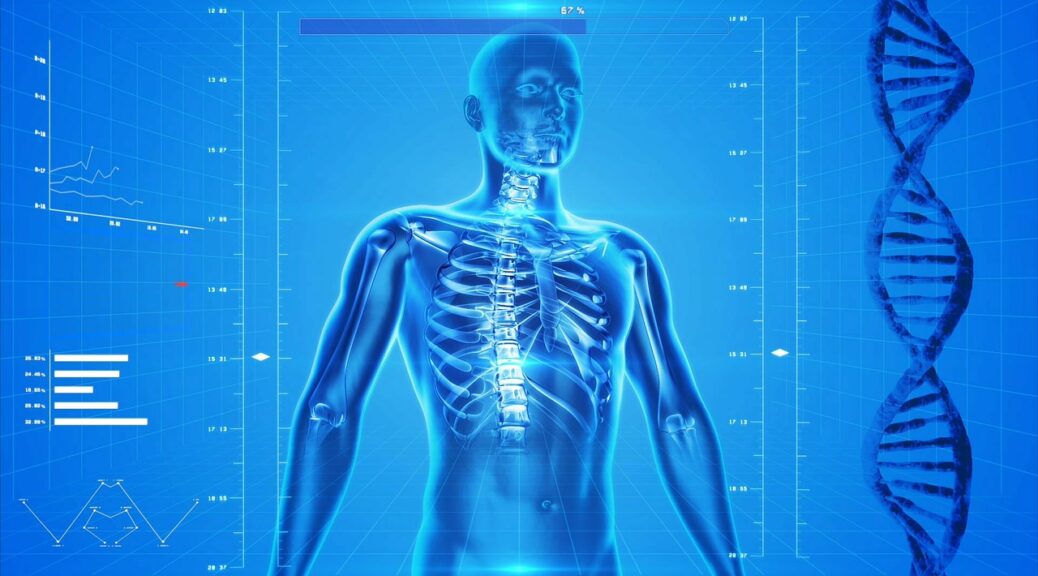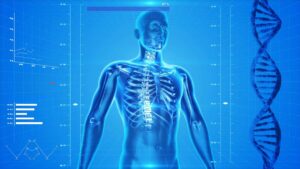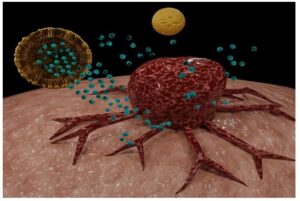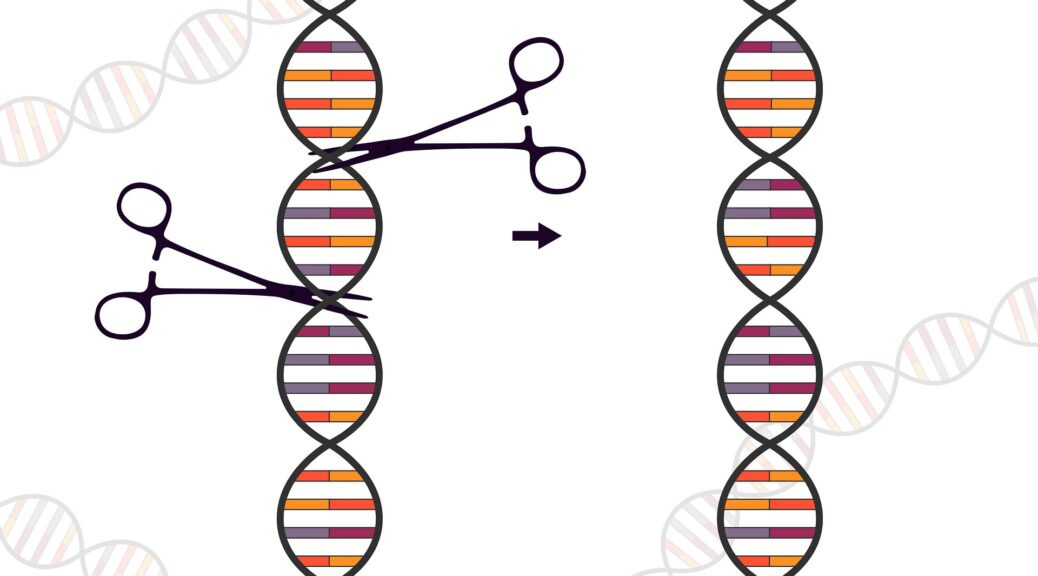Since last year’s RAADfest in October 2021, there have been more initiatives and advances in the fields of age delay and age reversal than in any other 12-month period of time that is what a lot of people don’t realize that are paying attention to the news the politics plague the war and they’re not focusing on what’s really important.
RAADfest 2022 Bill Faloon Age Reversal Research Progress
This month’s theme: 2022: A review of Longevity News
In 2022, we saw many new developments in different areas related to longevity. These ranged from new companies, and organizations dedicated to either providing funding or advocacy in longevity to the beginning of worldwide conferences. The research field also made noteworthy advancements and clinical trials have started which we hope will give promising results in the coming years. Sadly, the years 2020 and 2021 saw a decline in life expectancy due to covid-19 pandemic which had the worst effect on the older population but it is good to see some data suggesting that life expectancy will raise again in 2022.
This newsletter is too short to give even brief feedback on all important activities, but this is our subjective shortlist.
Research and important articles
Senolytics come under a class of drugs that clears out senescent cells (SC). Dasatinib (a tyrosine kinase inhibitor), Quercetin (a naturally occurring flavonoid), Fisetin, and Navitoclax were the first senolytic-drugs introduced in the market following a hypothesis-driven approach. A combination of Dasatinib and Quercetin was given to mice for over two years and the results showed fewer senescence-related biomarkers as well as a lower occurrence of disc degeneration. However, this result was seen in young and middle-aged mice, not the older ones.
Proposal to new hallmarks of aging
Genomic instability, telomere attrition, epigenetic alterations, mitochondrial dysfunction, loss of proteostasis, deregulated nutrient-sensing, cellular senescence, stem cell exhaustion, and altered intercellular communication was the original nine hallmarks of ageing proposed by López-Otín and colleagues in 2013. In the nearly past 10 years, our in-depth exploration of ageing research has enabled us to formulate new hallmarks of ageing which are compromised autophagy, microbiome disturbance, altered mechanical properties, splicing dysregulation, and inflammation, among other emerging ones.
In the latest international classification of diseases, codes were introduced for a better understanding of the diseases and within that, XT9T code referred to “age-related” and MG2A, defined as “Old Age” which was later replaced by “Ageing-related decline of intrinsic capacity” after receiving criticism.
TRIIM trial started in 2015 and was completed in 2017. As the researchers still had many questions, they started an extension of the same train known as TRIIM-X. It’s being extended by including women, a broader age range with people up to the age of 80 and down to the age of 40.
Some things that are in TRIIM-X which was not noticed in TRIIM have to do with blood lipids.
It has been considered a wonder drug for the past few years in terms of anti-aging drugs. However, recently, some articles have affirmed that previous studies on metformin had a bias in data collection and that in reality, the drug has almost mild to almost no effect on slowing the aging process. It will be crucial to see as soon as possible the first results from the TAME study to check the credibility of Metformin.
They were also articles and research concerning rapamycin, caloric restriction, and gene therapies against aging, ….
Companies / Organizations
Longevity Escape Velocity (LEV) Foundation, headed by Aubrey de Grey, was created in 2022 to proactively identify and address the most challenging obstacles on the path to the widespread availability of genuinely effective treatments to prevent and reverse human age-related disease.
Launched in 2021, Hevolution Foundation is a non-profit organization that provides grants and early-stage investments to incentivize independent research and entrepreneurship in the emerging field of healthspan science. Headquartered in Riyadh, with hubs planned in North America, Europe, and Asia.
Altos is designed to integrate the best features of academia and industry. The focus is on a shared mission, the ability to foster deep collaborations, and the passion and commitment to turn science into medicine. The company works with world leaders in the field including Juan Carlos Izpisúa Belmonte, Steve Horvath, and Shinya Yamanaka,
In December 2021, Chan Zuckerberg Initiative (CZI) co-founders and co-CEOs Dr. Priscilla Chan and Mark Zuckerberg announced a 10-year effort to develop the science and technologies to observe, measure, and analyze human biology in action. Over the next decade, CZI Science will focus on developing new research, institutes, and technologies that measure human biology in new ways to help deepen our understanding of human health and disease.
VitaDAO is a DAO collective for community-governed and decentralized drug development. Their core mission is the acceleration of research and development (R&D) in the longevity space and the extension of human life and healthspan. To achieve this, VitaDAO collectively funds and digitizes research in the form of IP-NFTs. Read the WhitepaperCommunity Report 2021.
The Longevity Science Foundation is a non-profit membership organization advancing the field of human longevity by funding research and development of medical technologies to extend the healthy human lifespan.
Other companies are very active in the field: Calico Labs (Google), In Silico Medicine, and SENS.
Some conferences
Longevity Summit Dublin in September
3-day uplifting conference recognizing and celebrating emerging research and developments across the Longevity Industry globally.
Eurosymposium on Healthy Aging in November (Organized by Heales and the International Longevity Alliance)
The Eurosymposium on Healthy Ageing (EHA) is a unique biennial meeting of scientists working on the biology of aging. Toward the end of the two-day conference, a Declaration for Radical Healthspan Extension was adopted.
Aging Research and Drug Discovery Meeting 28 August – 1 September (ARDD)
10th Aging Research and Drug Discovery Meeting had a great program with global thought leaders sharing their latest discoveries and insights into aging and how we target the aging process ensuring everyone lives a healthier and longer life.
The weekly Healthy Longevity Webinar Series throughout the year
The NUS Yong Loo Lin School of Medicine, together with Prof. Brian Kennedy and Prof. Andrea Maier hosts the Healthy Longevity webinar series. Every Thursday, they have researchers and CEOs. etc present talks related to aging.
Advocacy
Party for Biomedical Rejuvenation Research (Partei für schulmedizinische Verjüngungsforschung) formerly known as Party for Health Research (Partei für Gesundheitsforschung)
The German Party for Biomedical Rejuvenation Research is committed to the faster development of medicine with which people, through rejuvenation, are unlikely to die of old-age diseases or old age and can live thousands of years, physically and mentally healthy. The Party will have candidates for the Berlin elections on February 12, 2023.
The Lifespan Extension Advocacy Foundation (LEAF) has many different operations to perform in its mission to support the development of life extension technologies. Among other things, they are making great videos and podcasts.
Healthspan Action Coalition (HAC)
Bernard Siegel launched the new nonprofit organization, Healthspan Action Coalition (HAC), initiating a global societal movement supporting healthy aging in the USA. Building upon a foundation of trusted and matured connections and networks, the movement will be deployed across a wide spectrum of collaborative efforts promoting favorable policy and funding for scientific research, innovations, and patient engagement.
The Alliance for Longevity Initiatives (A4LI)
This US organization was founded with the goal of creating social and political action around the issues of combating age-related chronic conditions and increasing our number of healthy, disease-free years.
LessDeath is a 501(c)3 nonprofit with the mission to mobilize the world’s best talent to work on maximizing a healthy human lifespan. Their programs are designed to reach out to talented, passionate, mission-aligned scientists, engineers, investors, and operators of diverse backgrounds and help them get oriented, get involved, accelerate their impact, and work together to break bottlenecks to progress.
The Healthy Longevity Medicine Society (HLMS)
The Healthy Longevity Medicine Society (HLMS) was established in August 2022 to build a clinically credible framework and platform for longevity medicine that promotes the highest standards of interdisciplinary collaboration in the field. The HLMS is governed by a Council of elected members representing different geographical locations and sectors. The HLMS aims to educate, foster research and professional development, set recommendations and guidelines, and coordinate activities across the various domains of longevity medicine.
Things to look forward to in 2023
Longevity trials on mice were announced by Aubrey de Grey and the Longevity Escape Velocity Foundation. They should begin as soon as January 2023 with 1,000 mice 18-month-old who will follow 4 different therapies. We should have results before the end of 2023.
Many more grants from Hevolution and other organizations should be available for scientists to conduct research and clinical trials.
Finally, all the other advances could be accelerated notably by the rapid progress of artificial intelligence if they are used for longevity research.
This month’s good news: An international commission will be convened to assess the challenges presented by global aging and demonstrate how these challenges can be translated into opportunities for societies globally.
Global Roadmap for Healthy Longevity (on the site of the National Academy of Medicine)
Specifically, the commission will:
Consider and put forward avenues for innovative and groundbreaking aging-related research and development across basic, clinical, pharmaceutical, social, and behavioral sciences, bioengineering, information technology, and assistive technologies, and recommend ways to expand research funding and incentivize research in aging. Special consideration will be given to elucidation of the cellular and biological mechanisms of aging and regeneration; advances in information technologies including the development of large databases, machine learning, and artificial intelligence tools that will inform approaches to therapeutic interventions but also enhance the quality of life; merging engineering technologies based on software and mechanical design; new business models for social innovation and social enterprises; and implications for investment in research and development, regulation, commercialization, and scalability, including issues pertaining to ethics and equality.
For more information


